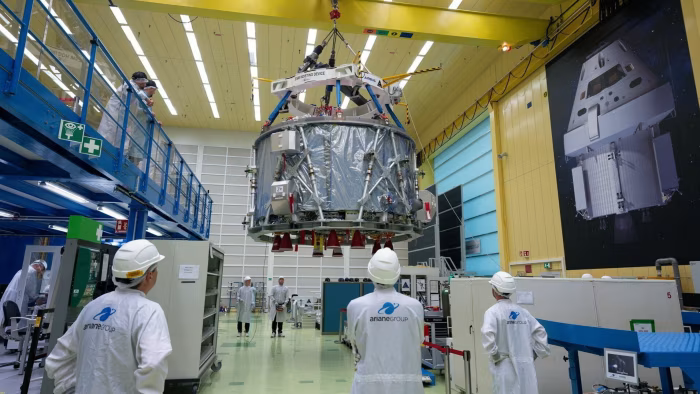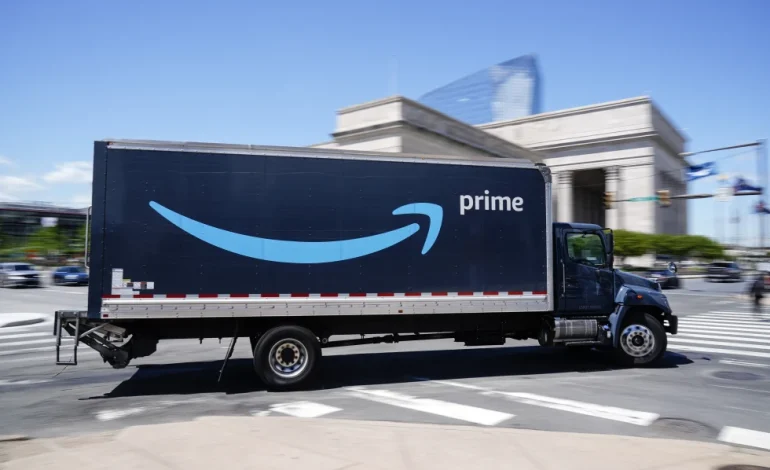Amazon reported a strong end to 2024, exceeding revenue and profit expectations for the crucial holiday shopping quarter. However, the e-commerce giant’s stock dipped in after-hours trading due to a weaker-than-anticipated revenue forecast for the current quarter and concerns about new tariffs, The Associated Press reports.
The company announced revenue of $187.8 billion for the October-December period, a 10% increase year-over-year. Profits soared to $20 billion, translating to earnings per share of $1.86, comfortably surpassing analyst predictions of $1.49.
The company’s online shopping business saw a 7% increase in revenue, reaching $75.5 billion. This performance aligns with broader trends in the retail sector, where holiday sales in November and December exceeded expectations due to lower inflation on holiday goods, as reported by the National Retail Federation. Online shopping, in particular, reached record sales levels, according to Adobe Analytics.
However, the celebratory mood was tempered by the company’s guidance for the current quarter. Amazon projected revenue between $151 billion and $155.5 billion, falling short of the $158.56 billion analysts were anticipating. The company cited unfavorable foreign exchange rates as a significant factor impacting its forecast.
Further complicating the picture is the impact of new tariffs imposed on Chinese imports by President Trump. The tariffs, which include a 10% levy on goods from China, and the elimination of a trade exemption for low-value shipments from China, could significantly affect Amazon’s operations.
While the tariffs could potentially benefit Amazon by increasing costs for competitors like Shein and Temu, they also pose challenges. The increased costs will likely impact Chinese sellers who utilize Amazon’s platform, and could inflate prices on Amazon Haul, the company’s recently launched storefront for low-cost goods shipped directly from China.
According to a Morgan Stanley note, Amazon’s first-party retail business, which relies heavily on merchandise purchased from manufacturers, is particularly vulnerable. Analysts estimate that 25% of the merchandise sold through this channel originates from China.
Adding to the pressure is increased investment in Artificial Intelligence (AI). Amazon Web Services (AWS), the company’s cloud computing unit, saw a 19% revenue increase during the fourth quarter, although this fell slightly below analysts’ expectations. Amazon is aggressively investing in generative AI, pouring billions into data centers, computer chips (including its own and those from Nvidia), and developing its own AI models.
During a call with analysts, Amazon CEO Andy Jassy highlighted the company’s significant capital expenditures, reaching $26.3 billion in the quarter, primarily focused on AI and AWS. He also acknowledged the growing influence of Chinese AI companies, stating Amazon was “impressed” by DeepSeek, a Chinese AI company whose chatbot has become the most downloaded app in the US.








